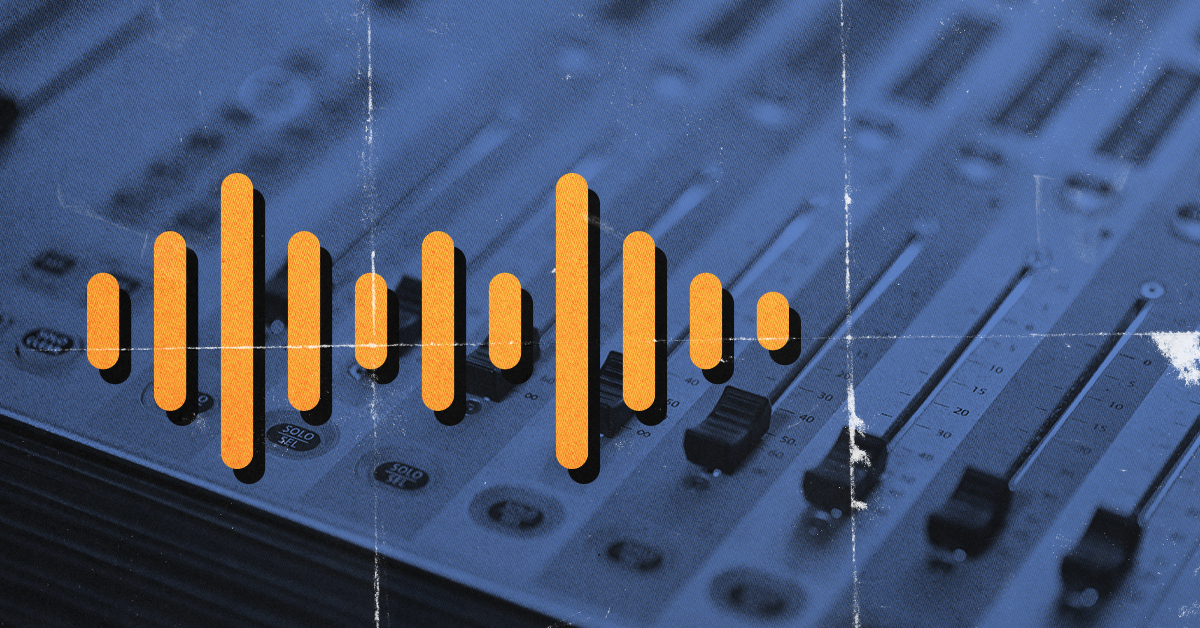Selecting the right Digital Audio Workstation (DAW) is a crucial step in shaping your sound and workflow as a music producer. Whether you’re just starting out or refining your craft, your DAW is where ideas come to life—from recording and arranging to mixing and mastering. With so many choices available, it can be overwhelming to find the right fit. This guide will help you navigate the options and choose the DAW that best aligns with your needs.
What Is a DAW?
A Digital Audio Workstation (DAW) is software that allows you to record, edit, mix, and produce music. It’s where all the magic happens—from arranging beats and layering instruments to applying effects and exporting your final mix.
DAWs come in various forms, catering to different levels of expertise and production styles. Some are industry-standard for professional studios, while others are designed for beginners or specific genres.
Popular DAWs and Their Strengths
Each DAW has its unique strengths and workflow. Here are some of the most widely used DAWs and what makes them stand out:
- Ableton Live – Known for its intuitive workflow and powerful live performance capabilities, making it a favorite among electronic music producers and DJs.
- FL Studio – Features a user-friendly interface and a pattern-based sequencing system, ideal for beatmakers and hip-hop producers.
- Pro Tools – The go-to DAW for professional recording studios, offering industry-standard mixing and editing tools.
- Logic Pro X – Exclusive to macOS, it provides a seamless experience with Apple hardware and includes a vast library of built-in sounds.
- Cubase – A solid choice for composers and producers, offering advanced MIDI editing and orchestration tools.
- Reaper – A budget-friendly yet powerful DAW known for its customization options and low system resource usage.
- Studio One – Offers a modern workflow with intuitive drag-and-drop functionality, making it an excellent choice for all-in-one music production.
What to Look for in a DAW
When selecting a DAW, consider these factors to ensure it meets your specific needs:
1. Workflow & Usability
Each DAW has a different layout and workflow. Some, like Ableton Live, emphasize fast and fluid creativity, while others, like Pro Tools, cater to meticulous editing and mixing. Choose a DAW that feels intuitive and complements your style of music production.
2. Compatibility
Make sure the DAW is compatible with your operating system (Windows, macOS, or Linux). Additionally, check that it supports your audio interface, MIDI controllers, and preferred plugins (VST, AU, AAX, etc.).
3. Features & Tools
Depending on your production needs, look for:
- Multi-track recording and editing
- Virtual instruments and sample libraries
- MIDI capabilities
- Automation and mixing tools
- Third-party plugin support
4. Performance & System Requirements
Some DAWs are resource-intensive, requiring a powerful computer with ample RAM and CPU power. If you’re working on a budget system, opt for lightweight DAWs like Reaper or Studio One.
5. Pricing & Licensing
DAWs range from free versions (Cakewalk, GarageBand) to premium software with professional-grade features. Many offer trial versions, so take advantage of them before making a purchase.
How to Choose the Right DAW for You
The best DAW for you depends on your specific goals, budget, and workflow preferences. Here’s how to narrow down your options:
- For beginners – FL Studio, GarageBand (Mac), or Cakewalk are great starting points due to their ease of use and affordability.
- For electronic music producers – Ableton Live or FL Studio offer excellent beat-making and loop-based production tools.
- For recording bands and live instruments – Pro Tools, Studio One, or Cubase provide superior multi-track recording and editing features.
- For film scoring and orchestration – Logic Pro X and Cubase excel in MIDI composition and virtual instrument integration.
- For a budget-friendly, all-purpose DAW – Reaper offers a full suite of professional tools at a low price.
Choosing the right DAW is a personal decision that should align with your workflow, music style, and budget. The best way to find your perfect match is to try out demos, watch tutorials, and experiment with different software options. The best DAW is the one that empowers you to create your best music.

